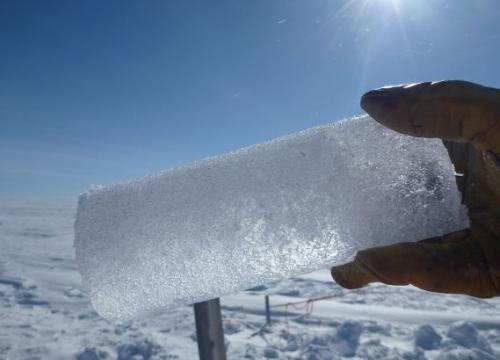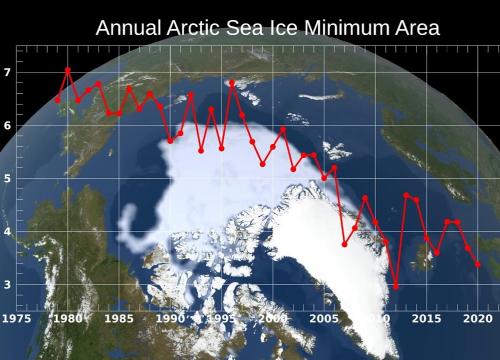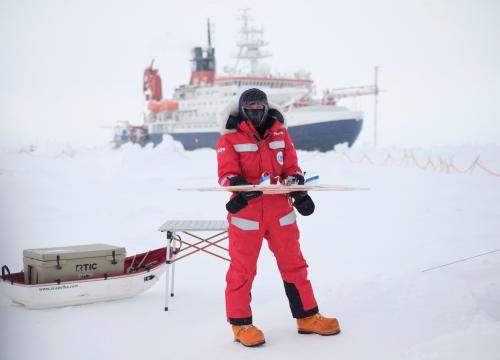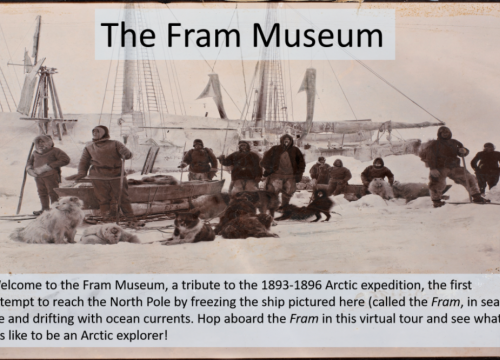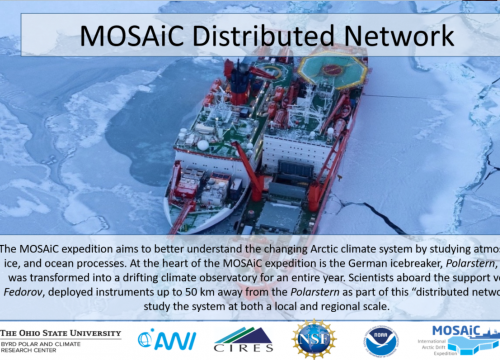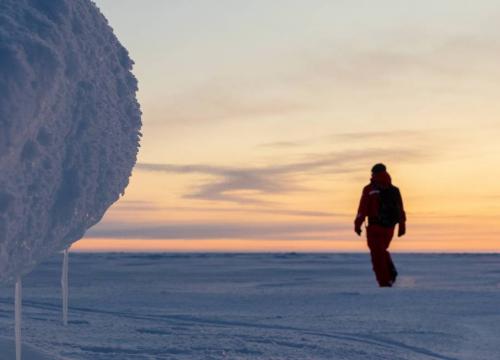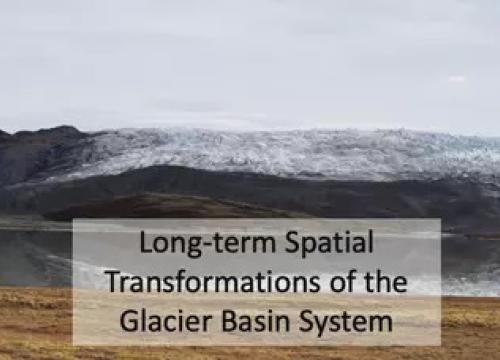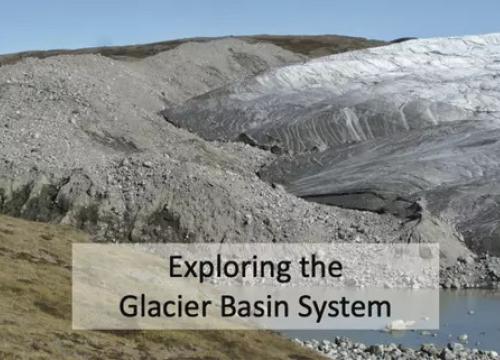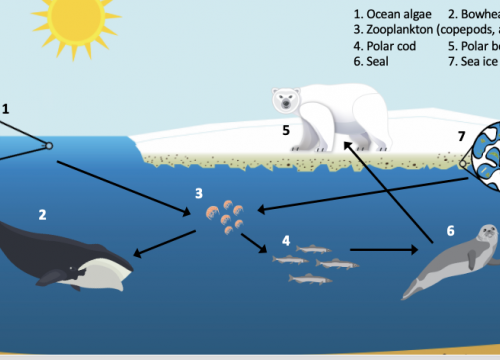Dr. Ryan Cassotto presents on: Radars and Remote Sensing of Glaciers
Goals Header
About the Presenter
Ryan is a Postdoctoral Researcher in the Cooperative Institute for Research in Environmental Sciences (CIRES) at the University of Colorado. His research interests are in the geophysical deformation of the shallow earth, with a particular focus on tidewater glaciers. He utilizes a variety of remotely sensed and field-based observations to facilitate his research and has completed four field seasons in Greenland and three in Alaska.
Recommended Activities for e-Learning
Elementary:
Avalanches can be triggered by glacial movement and are most prevalent in the steep mountain ranges where glaciers can be found.
The US Forest Service has some resources to learn about the science of snow and an activity to see why avalanches happen. NSIDC has this helpful page that explains the hazards around glaciers.
Intermediate:
Avalanches are spectacular and can cause spectacular damage, so there are some great videos about them. PBS learning media has this one about the role of ice crystal formation in causing avalanches. They also have this video about a town in Iceland that was hit by an avalanche and how they recovered and protected their town.
How do we know what we know about glaciers? This video from the Washington Post follows two scientists as they collect data to understand what is happening to Greenland's glaciers. Then use these activities from SeaGrant Alaska to explore what changing glaciers mean to the landscapes they travel over.
You can also take the Ice and Glaciers Quiz to see how much you know about the Earth's cryosphere and the changes that are happening there.
Secondary:
The University of Alberta, a place that knows a thing or two about mountains, has a Coursera course on mountains that we like, and have videos within it on both avalanches and landslides that are a great way to get more technical information on these phenomena. Then, once you are an expert, you can try your hand at charting the best path through avalanche territory in this activity from Project EDDIE (Environmental Data-Driven Inquiry & Exploration) that uses slope angles and topographic maps to find the best passage to you backcountry ski spot.
When you are ready to dig a little deeper, this visualization from PBS learning looks at the data that are collected about the Greenland Ice Sheet and what we can learn from them. There is also this video of two ice core data scientists from the University of Maine talking about how they do their work and what we can learn from it.
Then take a look at this video about how Inuit communities and researchers are collaborating to share knowledge. Why is it important for western scientists to include the perspectives of people who live in the communities they are studying?
All-Ages
The short film The Snow Guardian is about a local legend who lives in the Rocky Mountains and has been collecting data on the snow around his house for more than 40 years. Although he's not trained as a scientist, the scientific work his is doing has made a huge contribution to the understanding how climate change is affecting the Rockies.
And, just for fun, if you have ever wondered about the science and technique behind building ice sculptures? Science Friday has this video for you.
